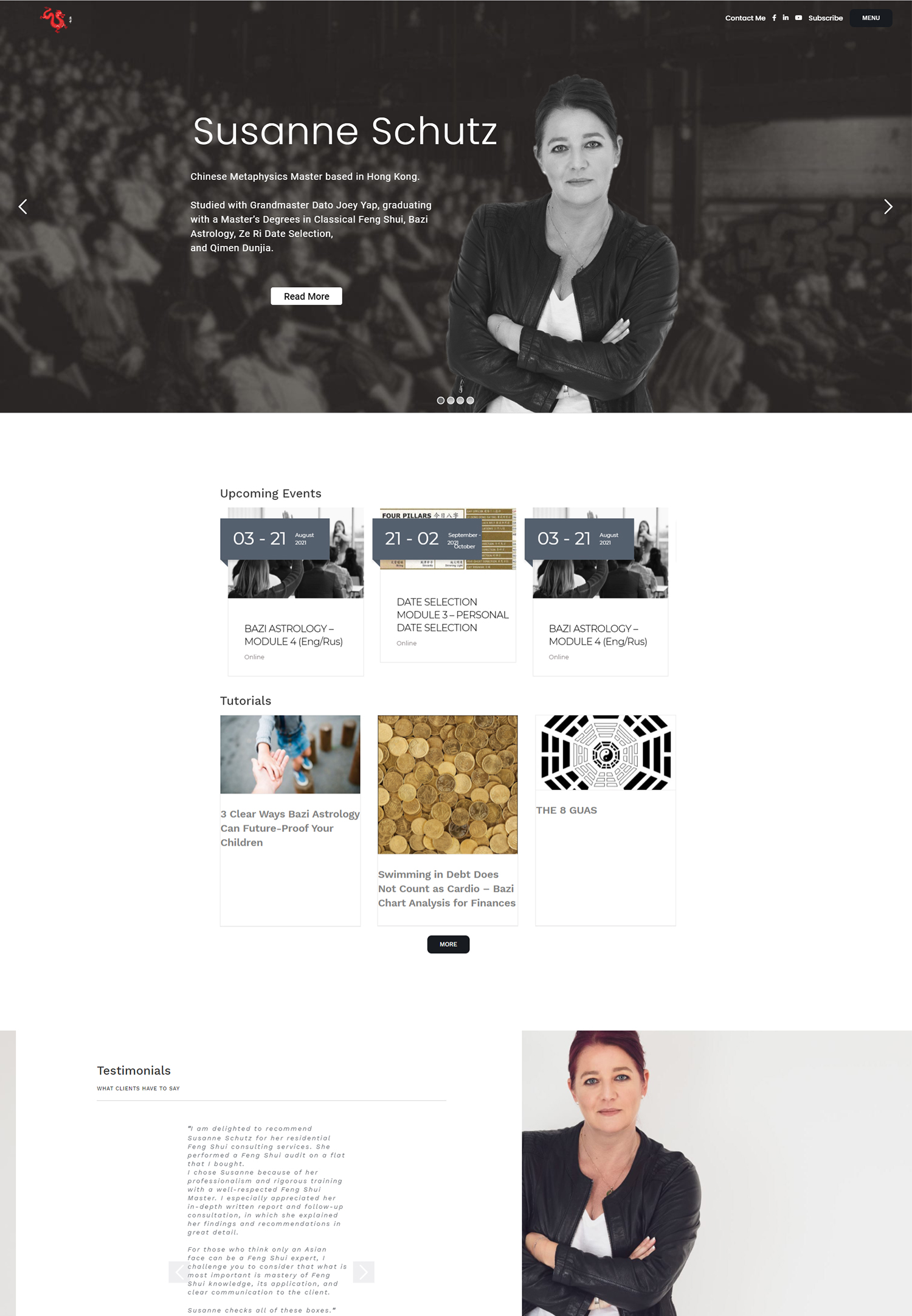Understanding Email Marketing: Success Strategies Email marketing is still one of the best ways to connect with and interact with consumers. Marketers must, however, take a strategic approach that incorporates different aspects of email communication if they want to fully utilize its potential. This post explores crucial tactics that can improve your email marketing campaigns & make sure they connect with your target audience and produce outcomes. A thorough grasp of your target audience is the cornerstone of any effective email marketing strategy. It’s critical to understand your subscribers’ characteristics, values, and brand interactions.
Key Takeaways
- Understanding your audience is crucial for crafting effective email campaigns
- Compelling subject lines can significantly impact open rates and engagement
- Personalizing emails based on recipient’s preferences and behavior can improve response rates
- Segmenting your email list allows for targeted and relevant content delivery
- Designing mobile-friendly emails is essential for reaching a wider audience and improving user experience
Finding preferences, examining historical behavior, and compiling demographic information are all part of this. If you own an online store, for example, knowing your customers’ buying patterns can help you customize your email content to showcase items that suit their interests. Also, more targeted messaging is possible when your audience is divided into groups according to their preferences & behavior. If you see, for instance, that a certain percentage of your audience regularly buys outdoor gear, you can design campaigns that highlight the newest products in that market. This improves the chances of engagement & conversion while also making your emails more relevant.
You can create messages that connect with your audience on a personal level and increase open rates & customer loyalty by taking the time to understand them. An important factor in determining whether an email is read or ignored is the subject line, which is the first thing the recipient sees in it. Being creative & knowing what drives your audience are essential for creating captivating subject lines. A compelling subject line should arouse interest, sense of urgency, or significance. Phrases like “Unlock Exclusive Savings” or “Limited Time Offer,” for example, can evoke a sense of urgency that motivates quick action. Also, adding personalization to subject lines can greatly increase their efficacy.
The email will seem more personalized and interesting if you include the recipient’s name or mention their previous experiences with your company. In addition to drawing attention, a subject line such as “John, Your Favorite Sneakers Are Back in Stock!” also gives the recipient a sense of importance. Using A/B testing to test various subject lines can help you learn what appeals to your audience the most and improve your strategy over time. Personalization should be incorporated throughout the entire email, not just the subject line.
Customizing emails for each recipient according to their demographics, preferences, & behaviors can greatly increase engagement rates. For example, sending targeted emails with exercise equipment or health advice to a subscriber who has expressed interest in fitness-related products can establish a deeper connection. An additional effective tool for customization is dynamic content. This enables marketers to show distinct content blocks in a single email according to the recipient’s profile. A travel agency might, for instance, present various holiday packages according to the subscriber’s expressed preferences or prior travel experiences.
Marketers can create a feeling of community and boost conversions by providing pertinent content that speaks to each person’s interests. One important tactic that helps marketers break up their email list into smaller groups according to particular standards is segmentation. Demographics, past purchases, engagement levels, & even geographic location may be included. By segmenting your list, you can send messages that are specifically tailored to the needs & traits of each group. For instance, a clothing store may divide their inventory into sections like “Kids’ Clothing,” “Men’s Apparel,” and “Women’s Apparel.”.
This enables them to send product recommendations and promotions that are specifically catered to each segment. Segmentation can also be based on the degree of engagement; for example, re-engaging inactive subscribers with exclusive content or special offers can help lower churn rates & spark interest. Your ability to interact with your audience will improve with the level of detail in your segmentation strategy. Creating emails that are mobile-friendly is now necessary since more and more customers are accessing their emails on mobile devices. With a responsive design, your emails will work & look fantastic on a range of screen sizes.
This calls for the use of buttons that are simple to tap on small screens, a single-column layout, and larger fonts for readability. Also, to guarantee fast loading times & a flawless user experience, images must be optimized for mobile. Also, using alt text for images can improve accessibility for users who use screen readers or may have images disabled.
Before sending out your emails, it’s important to test how they look on different devices. Litmus and Email on Acid are two tools that let marketers preview their emails on a variety of platforms and devices. Prioritizing mobile-friendly design will help you draw in users who are increasingly using smartphones and tablets to check their emails.
An essential component of any effective email marketing plan is testing. To find out what works best for their audience, marketers should constantly test out various aspects of their campaigns. When assessing subject lines, content layouts, call-to-action buttons, and send times, A/B testing works especially well. Marketers can improve future campaigns by using data to inform their decisions by comparing two email versions to determine which one performs better.
Important information about the efficacy of your campaigns can be obtained by examining important metrics like open rates, click-through rates (CTR), conversion rates, and unsubscribe rates. For example, if you see a high open rate but a low CTR, it can mean that, even though your subject line is interesting, the content isn’t compelling enough to get people to click. Marketers can evaluate the overall effect of their email campaigns on website traffic and conversions by using tools like Google Analytics to track user behavior after a click. With the help of email automation, marketers can send pertinent & timely messages without requiring human intervention. For example, follow-up emails following a purchase, abandoned cart reminders, or welcome emails for new subscribers, automated workflows can be configured for a variety of situations.
In addition to saving time, these automated messages guarantee that recipients get pertinent content at key points in their customer journey. An automated follow-up email reminding a customer of the items they left in their shopping cart, for instance, can greatly boost conversion rates if a customer leaves their cart empty. Likewise, sending customized anniversary offers or birthday greetings can increase client engagement & loyalty.
Marketers can deliver timely messages that inspire action & keep up regular communication with their audience by skillfully utilizing automation. To make sure your email marketing campaigns are successful, you must keep your email list clean. Subscribers may eventually lose interest in your content or change their email addresses, which could result in inactive accounts that harm your sender reputation.
Removing inactive subscribers from your email list on a regular basis can increase engagement metrics and deliverability rates. One strategy to keep your list hygienic is to launch a re-engagement campaign for inactive subscribers. Offering incentives to entice them to reconnect with your brand or sending targeted emails asking if they still want to receive communications from you could be two ways to do this. Also, ensuring that only people who are truly interested are added to your list is achieved by employing double opt-in techniques during the subscription process. Marketers can increase audience engagement & campaign performance by giving list hygiene top priority.
In summary, becoming an expert in email marketing necessitates a multidimensional strategy that includes creating engaging content, utilizing automation, keeping your list clean, and comprehending your audience. By successfully putting these tactics into practice, marketers can produce memorable campaigns that connect with consumers & produce significant business outcomes.
For those looking to enhance their email marketing strategies, it’s crucial to understand not only the best practices for email campaigns but also how to effectively generate leads that can be nurtured through these campaigns. A highly recommended resource is an article on lead generation techniques, which complements the email strategies by providing insights on capturing and converting your audience effectively. You can read more about these techniques and how they integrate with email marketing by visiting Lead Generation Strategies. This article will provide you with actionable tips to refine your approach and boost your campaign results.




























